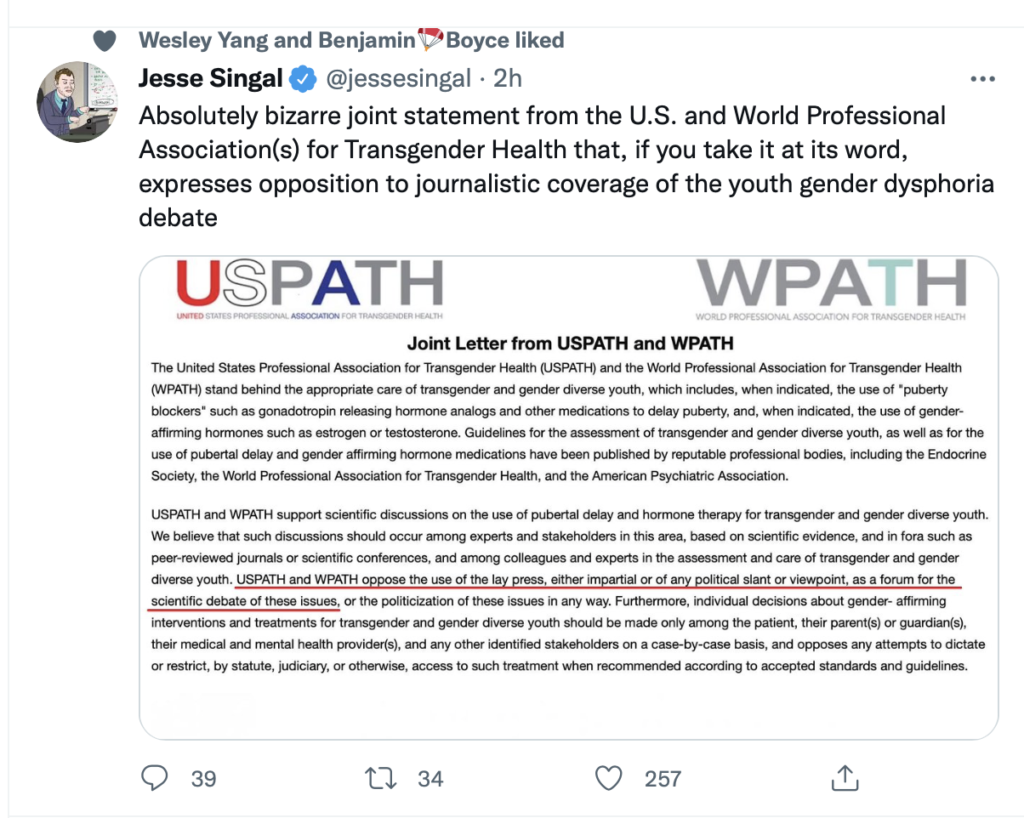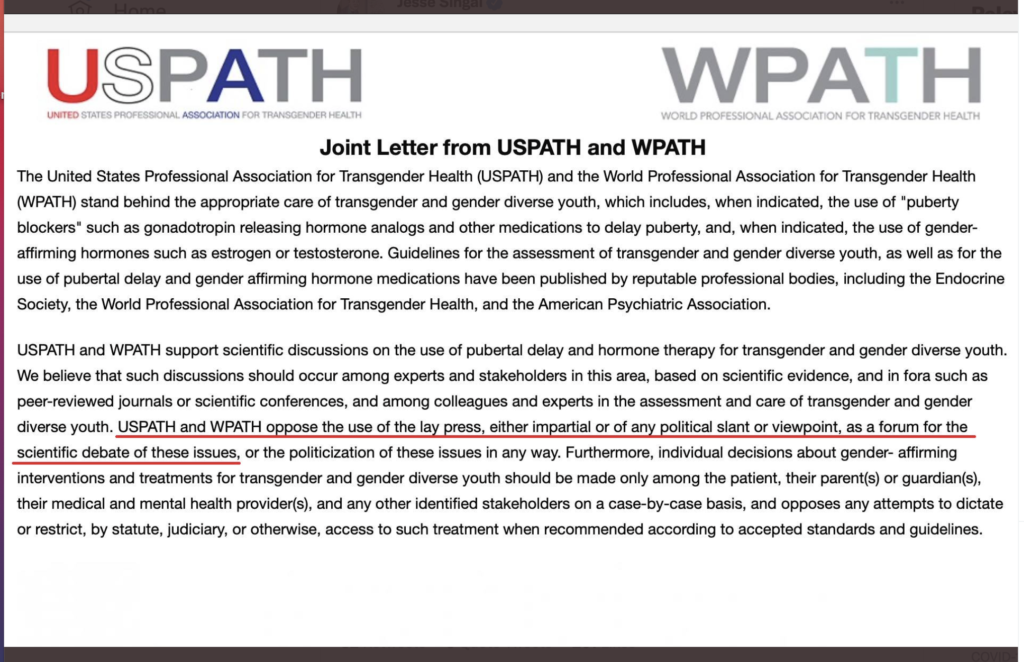Ham-Handed Skin-Deep Diversity Effort by the Art Institute of Chicago
How did the Art Institute of Chicago encourage "diversity"? Fire 122 highly skilled "white" volunteer docents and replace only a smaller number of them by hiring (paying) inexperienced new workers who look "diverse" based on skin color. Jerry Coyne describes the situation in detail:
The Art Institute of Chicago (AIC), one of the world’s finest art museums, harbors (or rather, harbored) 122 highly skilled docents, 82 active ones and 40 “school group greeters.” All are volunteers and are all unpaid. Their job is to act as guides to the Museum’s collection of 300,000 works, which they explain to both adults and schoolchildren. I’ve seen them in action at the Museum, and they’re terrific.
Despite the lack of remuneration—they do this to be helpful and because they love art—their training to be docents is extremely rigorous. First, they have to have two training sessions per week for eighteen months, and then “five years of continual research and writing to meet the criteria of 13 museum content areas” (quote from the docents’ letter to the Director of the AIC). On top of that, there’s monthly and biweekly training on new exhibits. Then there are the tours themselves, with a docent giving up to two one-hour tours per day for 18 weeks of the year and a minimum of 24 one-hour tours with adults/families. Their average length of service: 15 years. There are other requirements listed by the Docents Council in the ChicagoNow column below (first screenshot).
Many of the volunteers—though not all—are older white women, who have the time and resources to devote so much free labor to the Museum. But the demographics of that group weren’t appealing to the AIC, and so, in late September, the AIC fired all of them, saying they’d be replaced by smaller number of hired volunteers workers who will be paid $25 an hour. That group will surely meet the envisioned diversity goals.
This is entirely a matter of race and “optics,” though you wouldn’t easily discern that by reading the back-and-forth communications between the AIC and the docents. The latter, of course, strenuously object to being let go, and in their letter to the AIC point out their many contributions to the Museum. (The AIC, in a hamhanded gesture, offered them two-year free passes to the AIC as a measly “thank you”.)
I invite you to read the Coyne's entire article as well as the comments posted by Coyne's readers.



